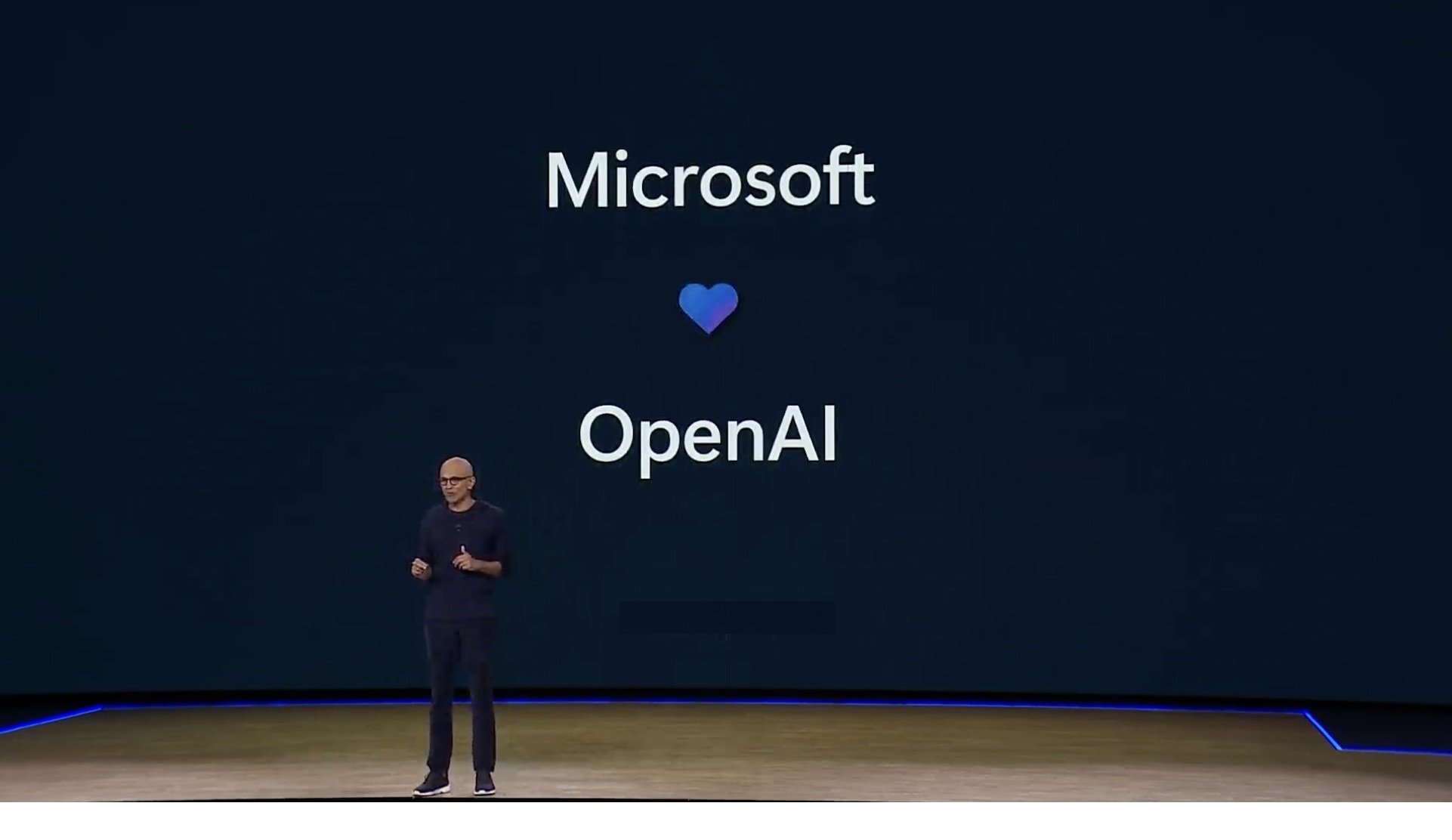How to Integrate Microsoft's Responsible AI and Copyright Policies
 Umesh Pandit
Umesh Pandit
Safety and security are top priorities at Microsoft, especially with AI technologies. I'm excited to guide you through integrating the new Responsible AI default policies and the Customer Copyright Commitment into your projects. These policies help protect against potential issues, like unauthorized access and misuse of copyrighted materials.
Quick Check to Responsible AI Default Policies
First, let’s understand what these policies entail. Microsoft’s Responsible AI default policies in Azure OpenAI Service include new safety measures like prompt shields to prevent unauthorized actions and tools to detect protected material in text and code completions. Starting July 15, 2024, all new resources and deployments will automatically adopt these policies.
Preparing for Integration
Before diving in, I recommend assessing your current AI setups to identify what needs updating. Gather any necessary documentation and familiarize yourself with customization options for content filtering. This preparation ensures a smooth transition.
Guide to Integration
Without wasting your precious time, let’s start the integration.
1. Create Azure OpenAI Service:
Log into the Azure portal.
Navigate to the "Create a Resource" section.
Search for "Azure OpenAI".
Select "Azure OpenAI Service" and click "Create".
- Fill in the necessary details like subscription, resource group, and region.
- Review and create the service.
Start by setting up your Azure OpenAI Service. This will be the foundation for applying the Responsible AI policies.
2. Access Responsible AI Policies:
Go to the resource you just created.
Navigate to the "Settings" or "Configuration" section.
Look for policy management options, usually under "Responsible AI" or similar headings.
- If no direct option is found, refer to the Azure documentation or support for guidance on accessing policy settings.
Ensure you access the correct section to apply the necessary AI policies.
3. Configure Content Filters:
Navigate to your Azure OpenAI Service resource.
Go to the "Settings" or "Configuration" section.
Look for a tab or section related to "Content Filtering Preview".
Set the severity levels for different types of content based on your project’s needs.
Adjust the filters to be more or less restrictive as required.
Configure the content filters to match the sensitivity needed for your project. Adjust severity levels to manage the types of content effectively.
In addition, keep an eye on the policy performance. Make adjustments based on ongoing feedback to ensure the system remains effective and efficient.
Personal Insights
Integrating these new policies has significantly helped me and my organization. The prompt shields enhance our security by preventing unauthorized actions, and the protected material detection ensures compliance with copyright laws. Customizing the content filters allows us to tailor the security settings to our specific needs, improving both safety and efficiency. These updates make our AI deployments more secure and reliable, allowing us to focus on innovation without worrying about potential risks.
Conclusion
Integrating Microsoft’s Responsible AI and Copyright policies is crucial for maintaining the safety and integrity of your AI projects. By following these steps, you ensure your deployments are secure and compliant. Stay proactive and keep up with Microsoft’s ongoing improvements to AI safety.
Follow Umesh Pandit
https://www.linkedin.com/newsletters/umesh-pandit-s-notes-7038805524523483137/
Subscribe to my newsletter
Read articles from Umesh Pandit directly inside your inbox. Subscribe to the newsletter, and don't miss out.
Written by

Umesh Pandit
Umesh Pandit
🚀 Advisor Solution Architect at DXC Technology | 16+ years of IT Industry Experience 🚀 I am a seasoned Advisor Solution Architect at DXC Technology, a premier global digital transformation solutions provider. With over 16 years of rich experience in the IT industry, I specialize in helping organizations translate their strategic business objectives into tangible realities through innovative and scalable solutions leveraging Microsoft technologies. My expertise spans a wide spectrum of Microsoft offerings including Azure, Dynamics 365 for Finance and Operations, AI, Microsoft 365, Security, Deployment, Migration, and Administration. Additionally, I bring valuable experience in SAP, CRM, Power Platform, and other cloud platforms to the table. Throughout my career, I have spearheaded the successful delivery and support of over 300 projects, consistently adhering to the best practices and standards set by Microsoft and the industry at large. Moreover, I take pride in my role as an educator and mentor, having empowered over 50,000 professionals and students worldwide through training, guidance, and knowledge-sharing initiatives. Passionate about staying at the forefront of emerging technologies, I thrive on continuous learning and am dedicated to fostering a culture of knowledge exchange within the tech community. Let's connect and explore opportunities to drive transformative outcomes together!